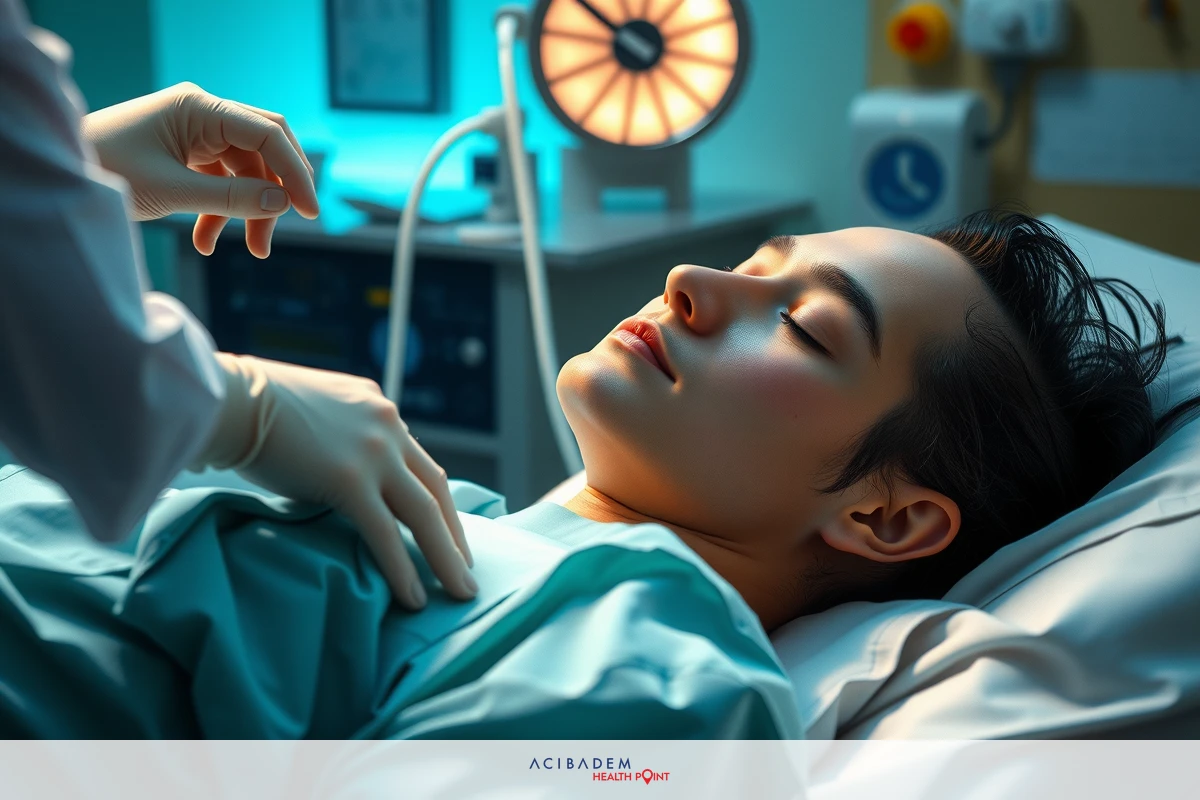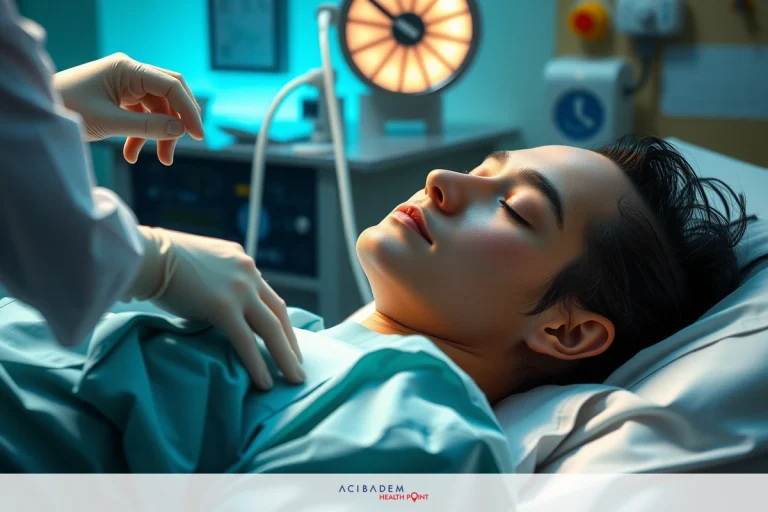How to Reduce Swelling After Rhinoplasty Fast
How to Reduce Swelling After Rhinoplasty Fast Swelling is a common aftermath of rhinoplasty, an aspect that can be distressing for many patients eagerly awaiting their new look. Yet worry not, as this article seeks to provide effective techniques and methods that aid in reducing swelling quickly post- surgery. Embracing the right practices immediately after your operation plays a pivotal role in managing inflammation.
The use of cold compress therapy offers numerous benefits. When applied correctly, it can substantially mitigate puffiness and accelerate the healing process. Coupled with other strategies such as elevating your head during rest or sleep, these measures work synergistically to minimize discomfort and promote faster recovery from rhinoplasty.
Immediate Post-Surgery Care
Following rhinoplasty, the first few hours are crucial for setting the pace of your recovery. Implementing immediate post-surgery care is integral to reducing swelling and accelerating healing. It’s during this time that steps taken will directly influence how fast you bounce back from surgery. Let’s break down some of these essential actions.
Medication adherence cannot be overstated in its importance. The prescriptions given by your surgeon are not arbitrary; they have a purpose – reduce inflammation and prevent infection. Both factors contribute towards reducing swelling after rhinoplasty and promoting speedy recovery. It’s important to follow the prescribed dosage religiously without missing any doses as each one plays a part in managing post- operative symptoms effectively.
Rest forms an essential component of healing immediately after surgery. While you may feel eager to resume normal activities, giving your body ample downtime facilitates faster recovery by allowing it to direct energy towards mending tissues affected during rhinoplasty instead of other physical exertions. Although resting may seem simple enough, many patients struggle with staying put especially when starting to feel better prematurely which can lead to setbacks in their recuperation journey.
Lastly but certainly not least is hydration – drinking plenty of fluids aids in keeping mucous membranes moist which helps prevent dryness and discomfort around the surgical area thereby minimizing chances for excessive swelling or even infections that could prolong the healing process unnecessarily.
Cold Compress Therapy
Cold compress therapy is a widely recognized and effective tool in the arsenal against post-rhinoplasty swelling. The application of cold to the surgical area aids in constricting blood vessels, thereby reducing inflammation and imparting a soothing effect on discomfort that often accompanies such procedures. This technique offers an array of benefits beyond just fast recovery from rhinoplasty.
While it may seem simple enough, there’s more to using a cold compress correctly than just placing it over your nose. It’s about timing, frequency and correct placement for maximum impact on reducing swelling after rhinoplasty. Immediate repeated application post-surgery can help nip excessive inflammation in the bud before it gets out of hand; care should be taken not to apply the compress directly onto skin without some cloth barrier as extreme cold can cause damage too.
The benefits are manifold – apart from playing an instrumental role in managing puffiness following rhinoplasty surgery, cold compress therapy also helps alleviate pain associated with healing tissues. By numbing nerves temporarily around the surgical site, discomfort is reduced making this part of your recovery process much more bearable. By preventing accumulation of excess fluids around operated areas through vasoconstriction caused by

applied coldness; chances for complications like hematomas or seromas decrease substantially.
One cannot undermine how essential correct implementation of techniques like these is towards achieving desired results quickly after undergoing rhinoplasty surgeries. Whether you’re using store-bought ice packs or homemade ones wrapped up safely within soft cloths – remember consistency plays key here! So arm yourself with patience alongside these tools because while they do work wonders on helping reduce swelling rapidly following nose jobs; quick fixes don’t exist when dealing with body’s natural healing responses which require time above all else.
Elevating Your Head
In the quest for a fast recovery after rhinoplasty, elevating your head is not just beneficial, it’s crucial. This simple yet effective technique works wonders in decreasing swelling by promoting blood circulation and preventing fluid accumulation in the face and nasal area. It is an approach that can be incorporated effortlessly into your resting or sleeping routines.
It may seem trivial at first glance but maintaining an elevated position while resting post-rhinoplasty offers multiple benefits. The principle behind it lies in gravity; by keeping your head above heart level, it discourages the build-up of excess fluids around the surgical site which manifests as swelling. Fluids are directed downwards
away from your face thus reducing inflammation and accelerating healing. This posture also aids with easing discomfort associated with congestion often experienced after nose surgeries.
Alongside other techniques such as cold compress therapy, following this practice diligently contributes towards achieving a speedy recovery from rhinoplasty surgery. To ensure effectiveness, one must pay attention to how exactly they’re positioning themselves – merely piling up regular pillows won’t do! Instead consider using specially designed elevation pillows or recliners which maintain optimal elevation angle throughout sleep duration without causing unnecessary neck strain which could lead to other issues down line.
Remember though while these methods help reduce swelling quickly post-surgery; patience remains critical during healing journey because each body responds differently hence outcomes vary individually despite best efforts put forth! So adhere strictly to all post-operative care instructions provided by healthcare providers alongside integrating tips shared here for maximum results obtained within shortest possible timeframe following rhinoplasties.
Frequently Asked Questions
What can I expect to experience immediately following rhinoplasty surgery?
Following the procedure, it is normal to experience swelling and discomfort around the surgical site. Other common symptoms include congestion due to internal swelling and light bleeding which should subside over a couple of days.
How soon after my nose job can I start using cold compress therapy to alleviate swelling?
Cold compress therapy can be implemented almost immediately post-surgery. Always ensure you have some cloth barrier between your skin and the ice pack for safety reasons.
Can just elevating my head while sleeping help reduce post-rhinoplasty swelling fast?
Yes, simply keeping your head elevated during rest or sleep helps decrease inflammation by enhancing blood circulation and preventing fluid build-up in facial areas.
Are there any potential risks associated with these techniques for reducing swelling after rhinoplasty?
Generally speaking, techniques like cold compress therapy or elevating your head are safe ways to manage post-operative symptoms. If not done correctly - such as applying extreme cold directly onto skin without barrier - they could cause harm. Always follow guidelines provided by healthcare professionals carefully.











